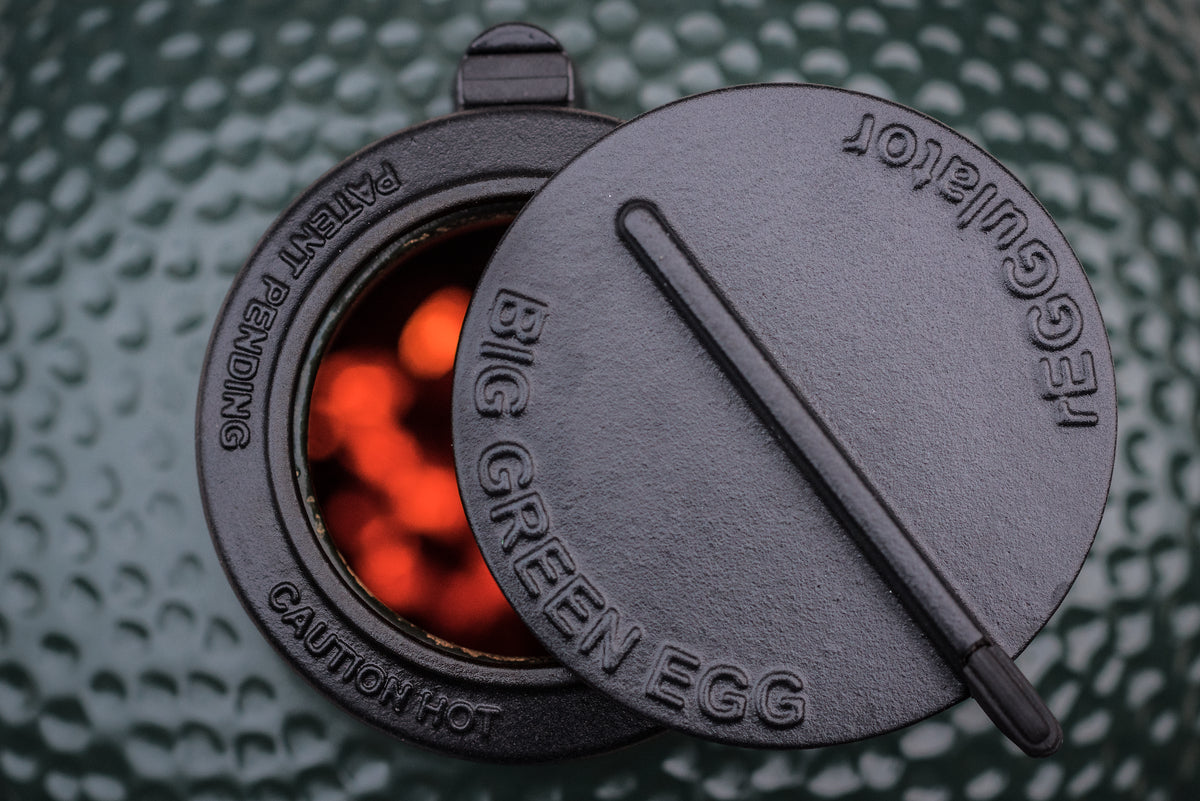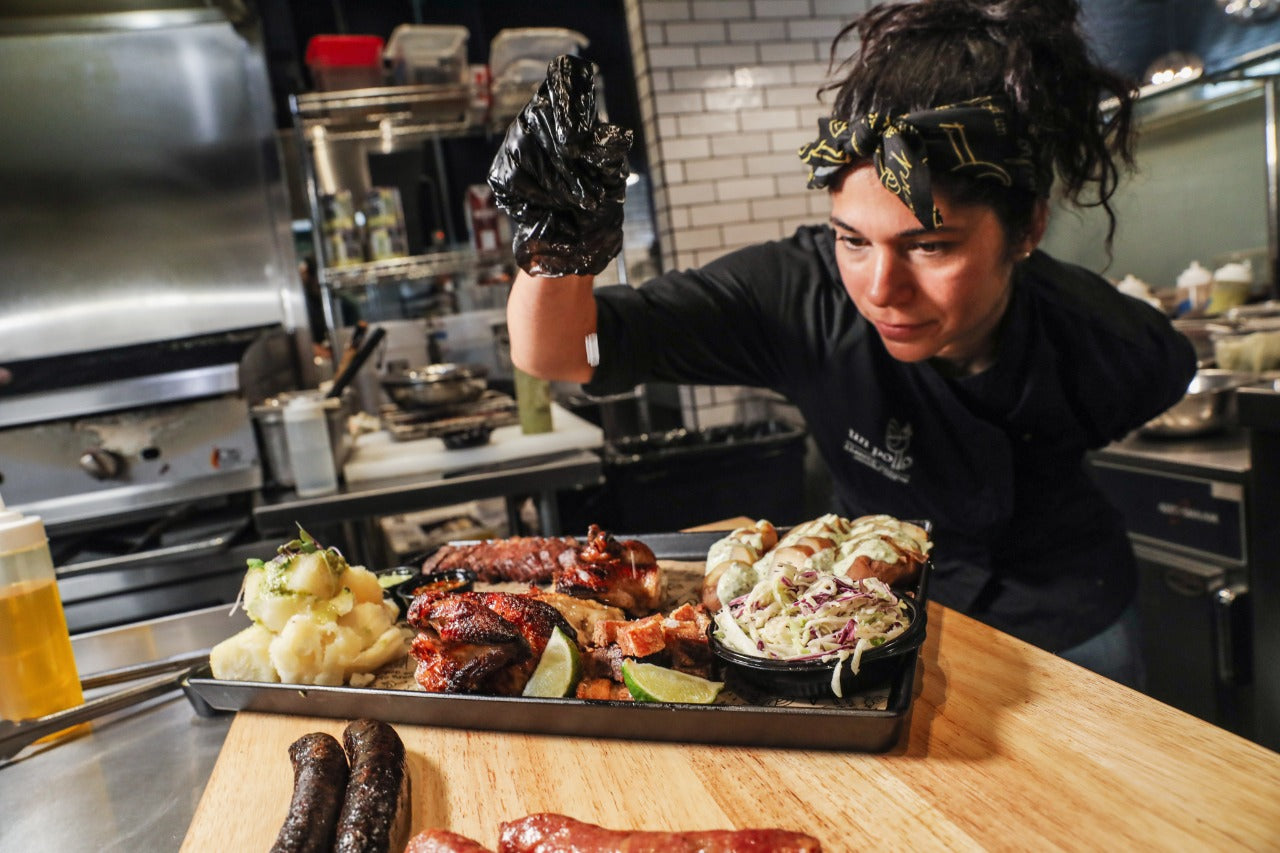Today’s Big Green Egg is a modern-day evolution of an ancient cooking method. Its design is modeled after the Asian mushikamado or rice cooker, which was made of clay and included a removable dome, a damper and a draft door.
Centuries ago, these knee-high cookers were fueled by wood or natural charcoal (just like the Big Green Egg is today), and pots were hung inside them for cooking rice. Eventually a slatted cooking grid was fitted inside for grilling and roasting meats, and by the 1600s they were raised off the floor and placed on a platform – a position which undoubtedly was much easier on the cook’s back! With these improvements, the mushikamado eventually became known as a kamado, which means “cooking range” or “stove”.
Popularity began to spread as U.S. servicemen discovered this type of cooker during World War II and shipped them home after the war. The domed cookers were an exciting alternative to the metal charcoal or gas grills of the day, and people became enamored with the added flavor and juiciness this “newly discovered” style of cooking gave to foods.
Almost 50 years later, while the iconic egg-shape of the Big Green Egg has remained the same, significant changes were made to the original clay design to keep it miles ahead of other “kamado” cookers. State-of-the-art ceramics and a patented draft door and vent cap deliver a wide range of easily adjusted cooking temperatures from high-heat searing to low-and-slow smoking. These vents allow the air to enter at the base, heating the natural lump coals and allowing the charcoal aroma to move through the EGG and out the top, giving food that delicious live-fire flavor.





